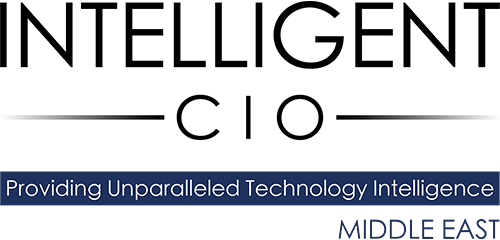What are the top priorities for CIOs right now? We talk to Rajesh Ganesan, VP Product Management, ManageEngine, about analytics, contributing to the growth of your business, delivering on customer experience and tackling privacy issues.
ManageEngine, the real-time IT management company, helps organisations in the region cope with new technology innovations and to adopt a holistic approach to IT management.
With the priorities of a CIO’s workload always a hot topic of debate, we ask Rajesh Ganesan, VP Product Management, ManageEngine, about the most pressing issues facing IT leaders.
What should the priorities be for CIOs at the moment?
While CIOs may think about Artificial Intelligence, Machine Learning and other new technologies, the bottom line priorities basically remain the same. You have a business running with an existing business model. How do you contribute to the profits and growth of your business? That remains the number one priority for CIOs.
Number two is about delivering on customer experience. As a business, you have customers and your own employees. How do you make sure your customers have the best possible experience using your products and services, communicating and engaging with you? So determining how best to put technology to use to deliver on this user experience is priority number two.
Number three is privacy, which is getting a lot of attention now. Security is understood. Privacy, though, is still a concept that most companies — and most countries — still do not get. Privacy should be a top concern for CIOs today because we have tough laws coming up around the world, so it could actually make or break the business. Security is still important, of course, but privacy needs to be recognised as a discrete priority.
What you think is the toughest challenge CIOs have right now?
For the past year or so, privacy has been the toughest challenge overall because people don’t understand its importance, they don’t get that concept. Now, privacy education is the toughest challenge because CIOs need to educate people. People understand what their customers want.
People understand the marketing challenges and sales challenges. But you ask them about a privacy regulation like GDPR, and people are not even interested. It becomes an important part of the CIO’s organisation to make sure people take it seriously.
That said, nobody will take privacy seriously if you just talk. You have got to show it in action and demonstrate that you understand and take it as a priority. You have to make the investment and deploy the tools. Then people take privacy seriously. This will be a very big challenge for CIOs in the short-term future.
Can any business afford to ignore analytics?
The straight answer is ‘absolutely not’. For any business, the first step is to measure. The next step is to actually see the effectiveness and also to answer some very tough questions. To really know what was the reason behind the root cause of a certain result, you need to go beyond reporting and dive much deeper into all of the data that you have. That can be done only by analytics.
The basic difference between reporting and analytics is reporting is mostly out-of-the-box functions that tell you what’s happening. Analytics is more about why something is happening with the idea of not repeating mistakes. Other times, you want to grow; so you want to do much better forecasting, much better planning. If you have those goals, analytics plays a crucial role in reaching them.
How can ManageEngine help businesses gain value from analytics?
Within the typical IT organisation, functions are often fragmented and siloed. Your networking team performs their own specific functions as do the IT auditors, the IT security team, and the rest of the teams in IT.
So how do you get all of them together? When you have a problem or you want a plan, you have a lot of questions like: “Which people working in the team are really efficient?” That one question has a different answer depending on the people being evaluated, whether they’re helpdesk technicians, network administrators, IT security auditors or some other IT position.
You need to get a complete perspective as an IT organisation leader. If you’re a CIO, you need to be able to answer abstract questions like ‘Who’s efficient?’ And to do that, you need to bring data from fragmented functions together in a central place and need to have an easy-to-use, drag-and-drop user interface.
We have an offering called Analytics Plus, which collects data from multiple search products and tools, not just from ManageEngine’s, but also from third-party IT management applications. It creates a central and holistic view of an organisation’s IT and gives CIOs an interface that’s easy to use, so they can easily get answers to questions such as “Are my people being efficiently used?” and “Is my budget being optimally spent?”


